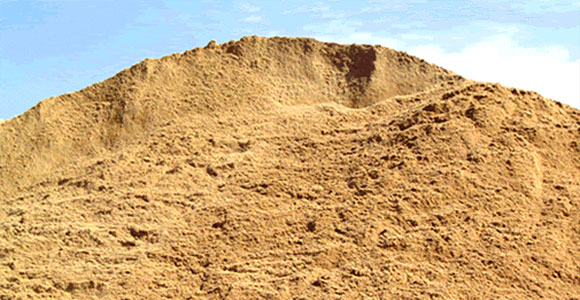Erosion is when rocks and soil get washed away by weather events like rain, wind, or snow. Erosion leads to sedimentation – this is when those rocks and soil settle in new locations they aren’t needed (for example, the bottom of a storm drain). Erosion and sedimentation can both lead to negative effects and outcomes, so effective erosion control is very important for construction crews. Learning about erosion, its consequences, and how to prevent it can help you and your crews do the best construction work possible for your clients.
What Makes Erosion Control Important?
When rocks and soil get swept away by rain or other weather events, the topsoil left behind is less capable of retaining nutrients, fighting off pollution, and controlling water flow! This will affect not only the plant life, but also the wildlife in the area. Too much erosion can also cause very expensive damage to commercial and residential properties.
In the construction industry, erosion can be even more consequential. If the large amounts of excess dirt, chemicals, and other hazardous materials and pollutants begin to erode, they are at risk of being displaced into waterways – dirt and chemical sediment in our waterways is extremely harmful for our planet. As you can see, erosion can be a very serious issue. It’s up to construction professionals to take the proper precautions to prevent erosion and sedimentation on their job sites to protect the surrounding ecosystems.

How Can Construction Professionals Practice Erosion Control?
Managing erosion on a construction job site can be done in a multitude of ways. The crew can visit the site and observe potential erosion issues (for example, soil that is already loose or a sloped area). The crew can also visit the site when it’s raining to monitor where runoff occurs and how extreme the effects are. Erosion control blankets can be used to cover loose building materials that are otherwise subject to erosion in the case of wind or rain. These specialized blankets will prevent the majority of the materials from being washed or swept away by weather.
For an extra step of caution, construction crews could utilize sediment control measures as well, just in case any materials are eroded throughout the duration of the job. These types of equipment can be gravel bags, silt fences, and even straw rolls – sediment control equipment stops sediment runoff from escaping the job site and potentially polluting a water source.
As we’ve explained, erosion can be a potentially harmful side effect of a construction project. The runoff and sediment can pollute the surrounding ecosystem and even contaminate the local water sources! It’s up to construction professionals, like us, to take the necessary precautions to prevent erosion when possible on our job sites. For more information on how Redstone handles construction jobs ethically and in an eco friendly manner, give us a call today! We’d love to talk with you.


Recent Comments